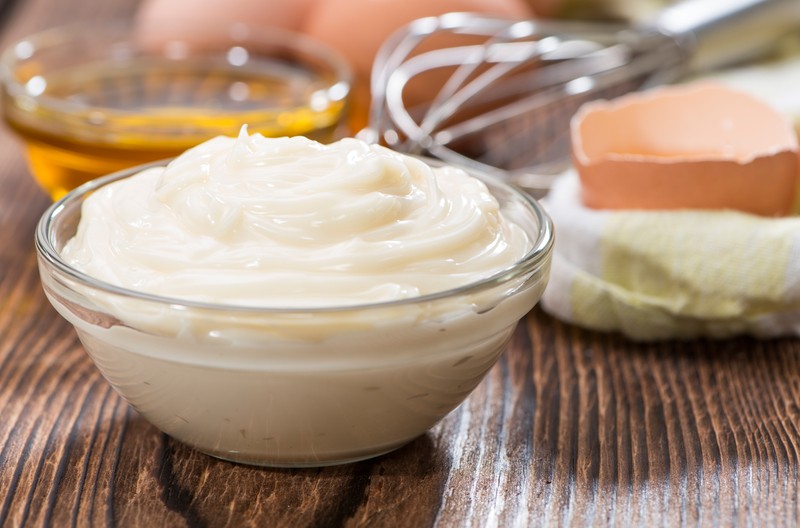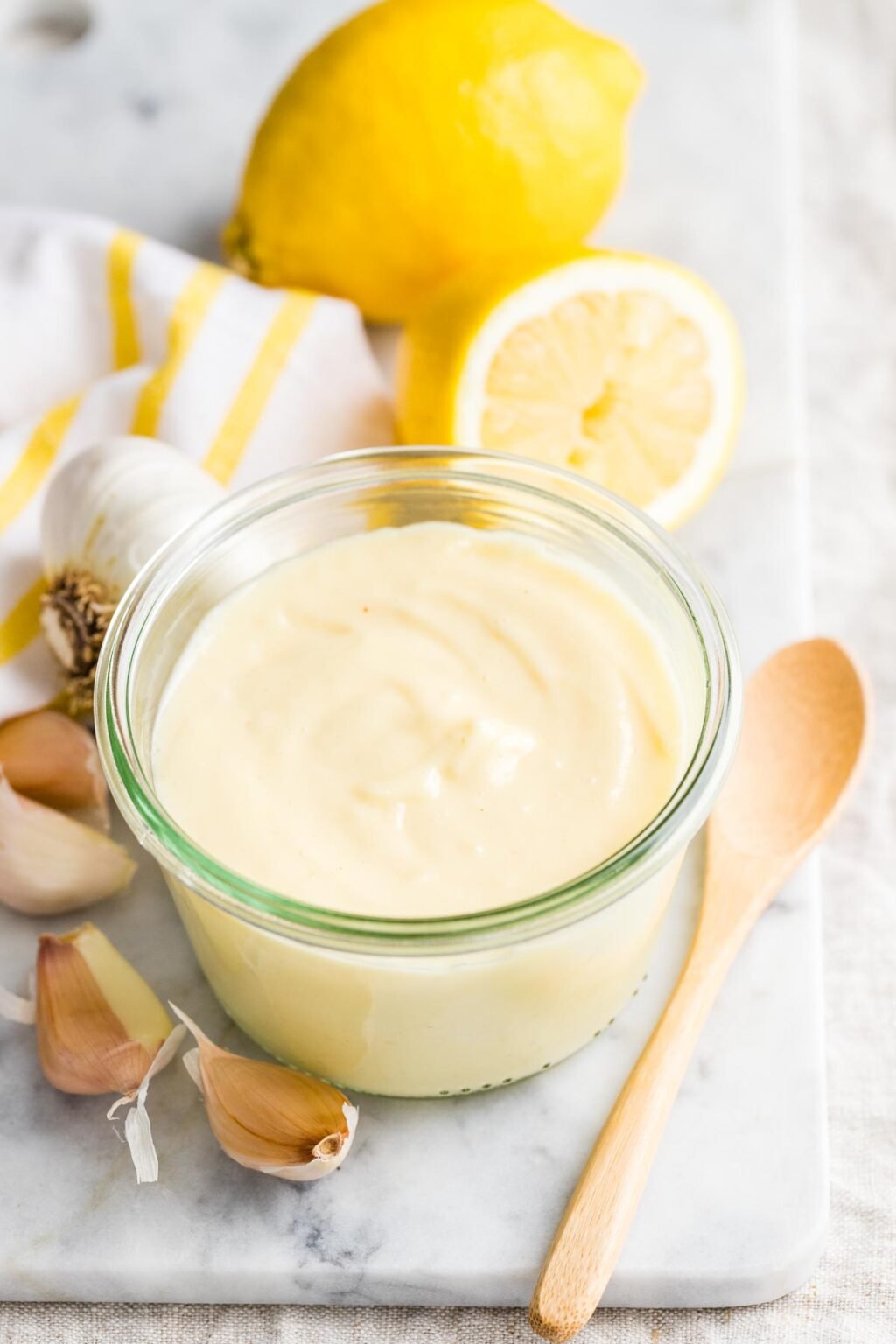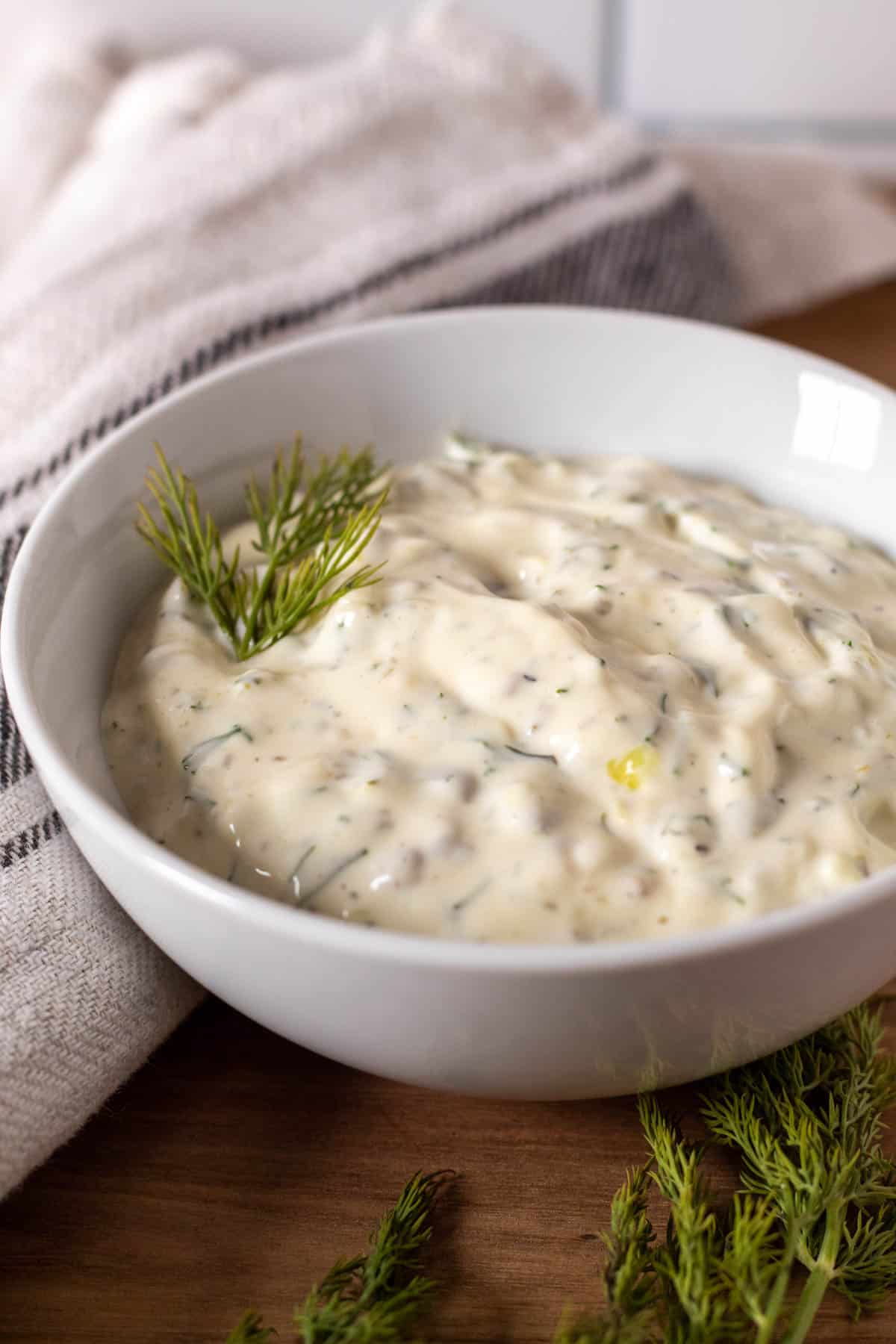Table of Content
Plus, having the hands-on feel of using a whisk makes it easier to know when the ingredients have properly blended together. Oil consists of small particles that will break up and mix in with egg yolk to create that smooth white delicious mayo you are after. The breaking up of those small particles is called emulsification, but the problem is that if you add too much oil at a time, it will not break up. First, you need to add a very small amount of oil to the egg yolk and as the blender breaks up that little amount, you can add more oil to continue the process. Let me start by saying this isn't a post about cutting calories or cholesterol; it's about making the most of whatever ingredients you have on hand.
Before the advent of refrigeration, these salty and sour fillings acted as natural preservatives for the rice. However, you can fill onigiri with pretty much anything—even bits of last night's Japanese takeout. Our Test Kitchen's onigiri recipe features tuna and a touch of wasabi. Lemon juice and mustard give this simple mayo acidity and depth. "Step-by-step instructions are really helpful and great for people trying the recipe first time."
How to Make Mayonnaise Without an Immersion Blender?
Season the mayonnaise with good quality sea salt and add only a tiny pinch at a time. Mayonnaise can become too salty very easily. Yakisoba is a popular noodle dish from Japan characterized by its chewy noodles, vegetables and tangy sauce. It works great as a simple lunch and can be easily cooked ahead and packed in a bento box. Even better, this highly adaptable dish can be customized in so many ways.

Traditional Japanese curry includes pieces of beef, potato, carrot and onion and is served with steamed rice. Though you can make the curry roux from scratch, you can also buy bricks of Japanese curry that you add to water for a quicker meal. Soft, pillowy Japanese milk bread takes all day to make, but it's well worth the effort. The secret to its texture is the addition of tangzhong, a flour-based roux starter.
Ingredients for Homemade Mayonnaise
What results is a creamy flavorful delight, with the benefit of no added sugar. Homemade mayo is a wonderful starting point for making all kinds of salad dressings, including ranch and Russian dressing, as well as tuna or chicken salad. Homemade mayo is a combination of egg yolks, vinegar, oil, and lemon juice. Making mayonnaise is a matter of creating an emulsion of egg yolks and oil. But those acidic ingredients are also essential flavor-wise. Egg yolks and oil are both ingredients with relatively mild flavors, so the vinegar and lemon juice and the vinegar in the Tabasco and mustard help wake things up.

Every editorial product is independently selected, though we may be compensated or receive an affiliate commission if you buy something through our links. Ratings and prices are accurate and items are in stock as of time of publication. Remove the mixture from heat and cool to room temperature.
Egg White Mayonnaise Recipe
Egg yolk and lemon juice are your key ingredients to emulsify oil and create your best mayonnaise. Mustard is also added for extra acidity to help the lemon juice do its job, but mustard also adds a nice flavor. When you add all your ingredients together make sure that the egg yolk and lemon juice have fallen to the bottom of your jar and are not still floating in oil. You want to use a jar that is fitting tightly to your immersion blender’s head. The trick is to add the oil very slowly at first while constantly whisking. Add the oil too fast and your emulsion will break, separating into parts.
Add all ingredients to a jar that fits tightly to the immersion blender head. Wait until the egg and lemon juice settle at the bottom of the jar. Stick the immersion blender tightly to the bottom and start blending on the highest speed. If you are wondering how to make mayonnaise then you will love my best immersion blender mayonnaise recipe that comes together in just 2 minutes! Here is your basic mayonnaise in blender recipe you will need to never buy mayo in a store again. Tempura is battered and fried vegetables or seafood.
How to Make White Mayonnaise
Serve immediately or, to create a slightly more set texture, cover the mayonnaise or transfer to a squeeze bottle and chill. You can keep Japanese mayonnaise in the refrigerator for up to a week. Add it drop by drop and alternate with the remaining third of the oil. If in resting the oil and yolk seem to separate, the mayonnaise has broken. Making mayonnaise at home is so easy, and it only requires 6 ingredients!
Like American-style mayonnaise, you need to store Japanese mayonnaise in the refrigerator in an airtight container. This could be a small glass dish, mason jar or squeeze bottle. I recommend grapeseed, canola, safflower or vegetable oil as they’re light and don’t contribute too much to the flavor. I don’t recommend olive oil or coconut oil as they won’t emulsify properly.
Unlike the crunchy batter of fried chicken, tempura is light and less oily (and still crisp!), pairing perfectly with a dipping sauce. Some common vegetables used for tempura include broccoli, sweet potatoes, mushrooms, squash and eggplant, and they're often served alongside shrimp tempura. Once you chop your vegetables and seafood, dipping and frying is quite quick.

Set blender to low, place flush with the bottom of the container, and pulse until oil disappears into a creamy spread, about 20 seconds. Refrigerate in an airtight container up to 2 weeks. 1 cup oil of choice – I use olive oil for my mayonnaise, but you can use any oil you like. It is not recommended to use extra virgin olive oil as it tends to add a bitter taste. No—in fact, homemade mayonnaise is easy to make with a blender, food processor or immersion blender. But for this recipe, it makes such a small volume that it won’t properly emulsify in a blender or food processor.
Mayonnaise made with olive oil is calledaioli. A few drops at a time is best until you notice the mayonnaise starting to thicken. Once it has started to thicken you can pour the oil in a little quicker.

Use a glass or stainless steel bowl to make your mayonnaise. Olive oil is not recommended as its flavor will overpower the rest of the ingredients, but you can use a light olive oil if need be. Use pasteurized eggs if using raw eggs is a concern. Raw eggs can contain salmonella bacteria which can cause a dangerous foodborne illness.
For this demo, we're making a one-egg mayonnaise, which yields about one cup. It can be a bit tricky to make a small amount of mayonnaise since you must add the oil a drop at a time in the beginning. Starting with more egg yolks makes the emulsion more stable, and you have a bigger margin of error. Although jarred mayo is affordable and easy to find, homemade mayonnaise is superior in taste—and surprisingly easy to make. Taking only 20 minutes, this mayonnaise recipe calls for ingredients you probably have in your pantry and fridge.

Boiled and lightly salted, edamame can be prepared quickly and seasoned with a pinch of salt—or turn it into spicy edamame with red pepper flakes and garlic. The green pods are often served as a complementary snack at a Japanese restaurant and might seem like something you wouldn't think to make at home. But edamame are easily found preboiled and ready to eat at grocery stores like Trader Joe's. These rice balls are a lunch box item in Japan. Traditional fillings for onigiri include salted salmon, pickled plum, bonito flakes and kombu seaweed.

No comments:
Post a Comment